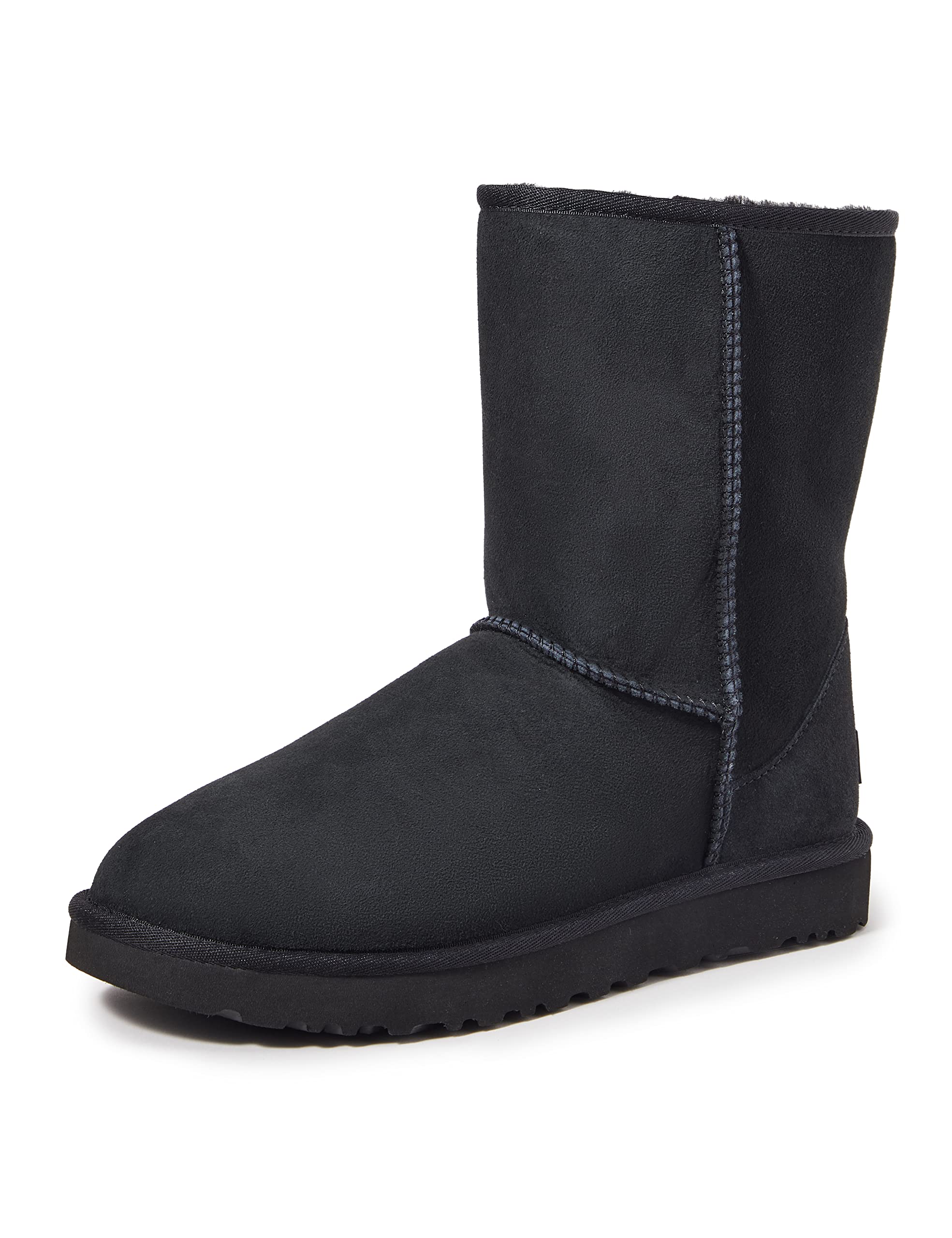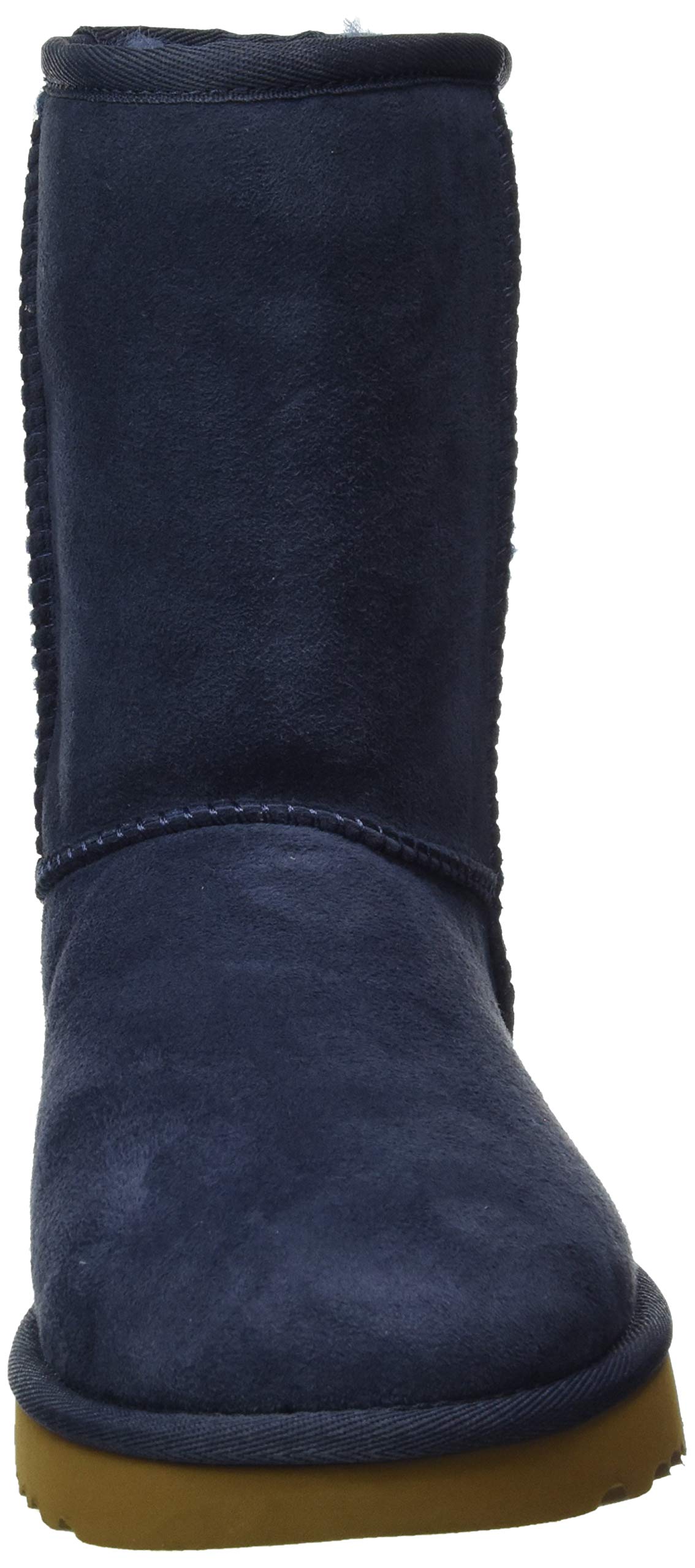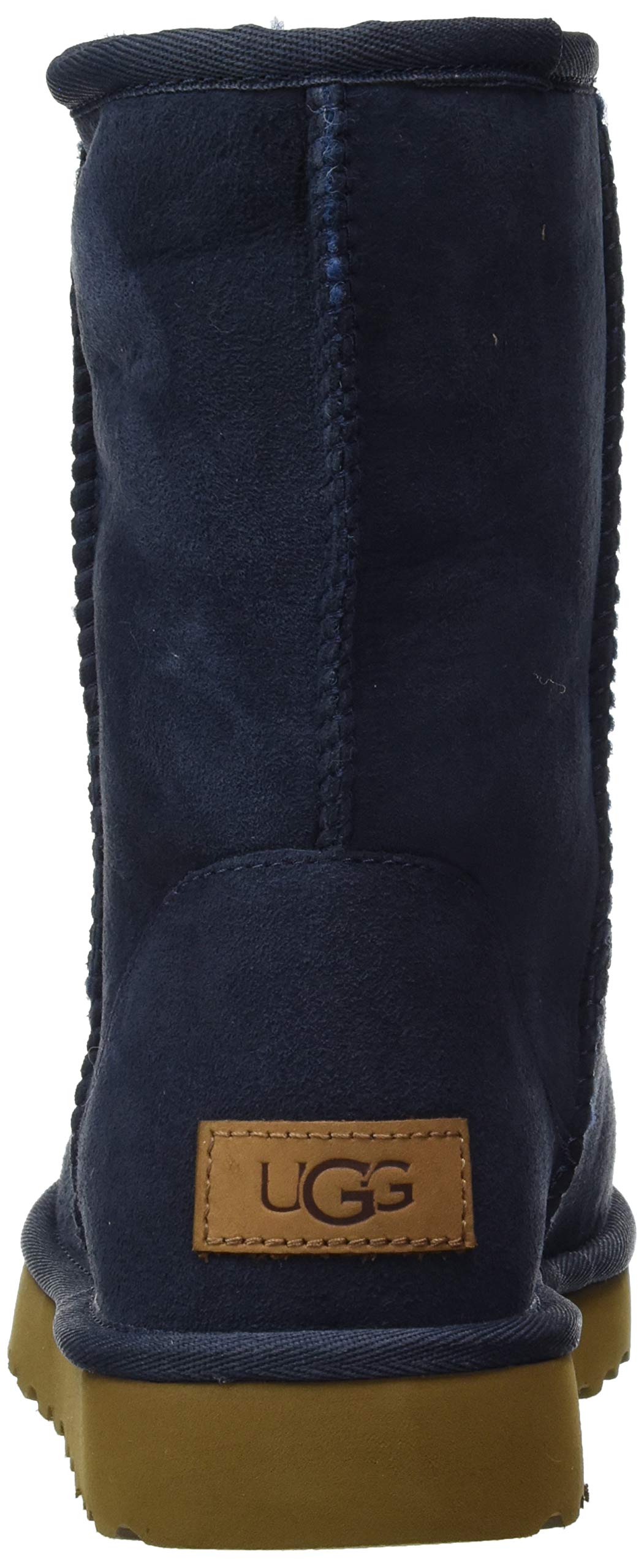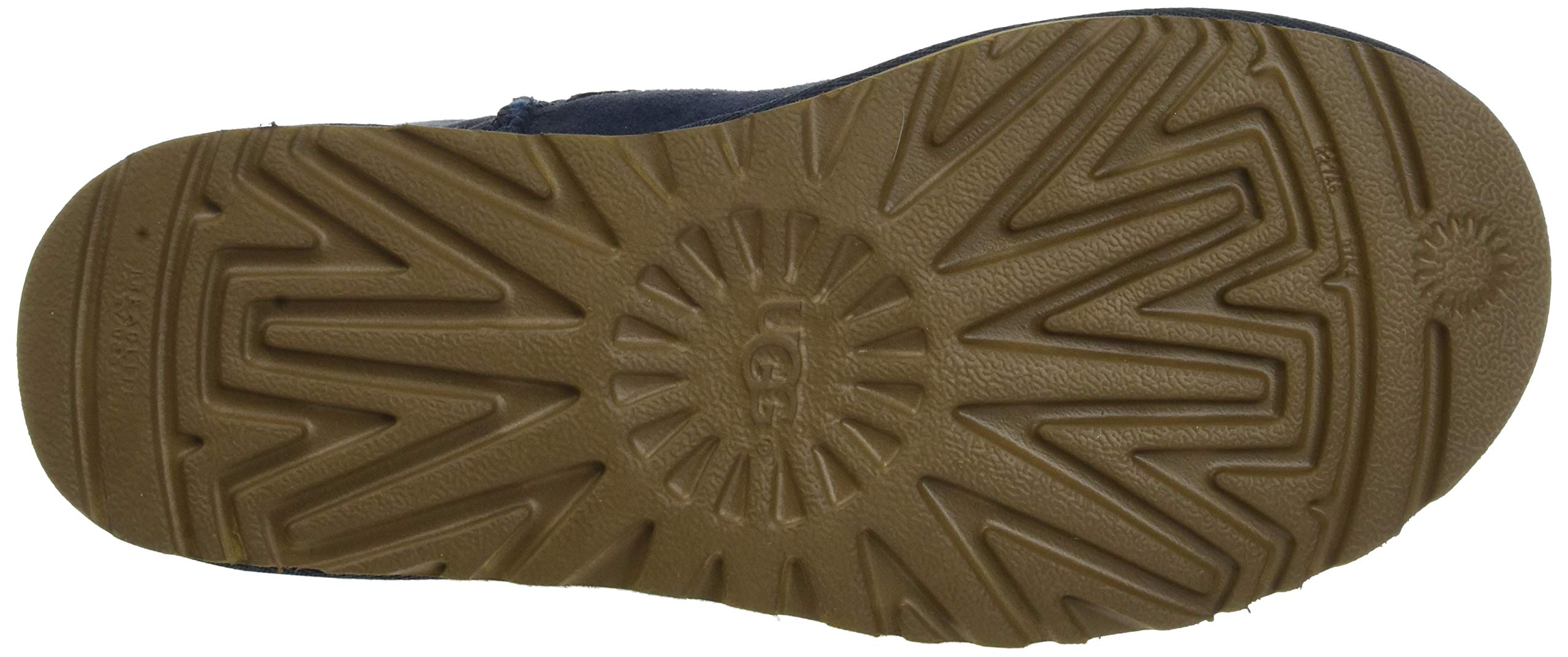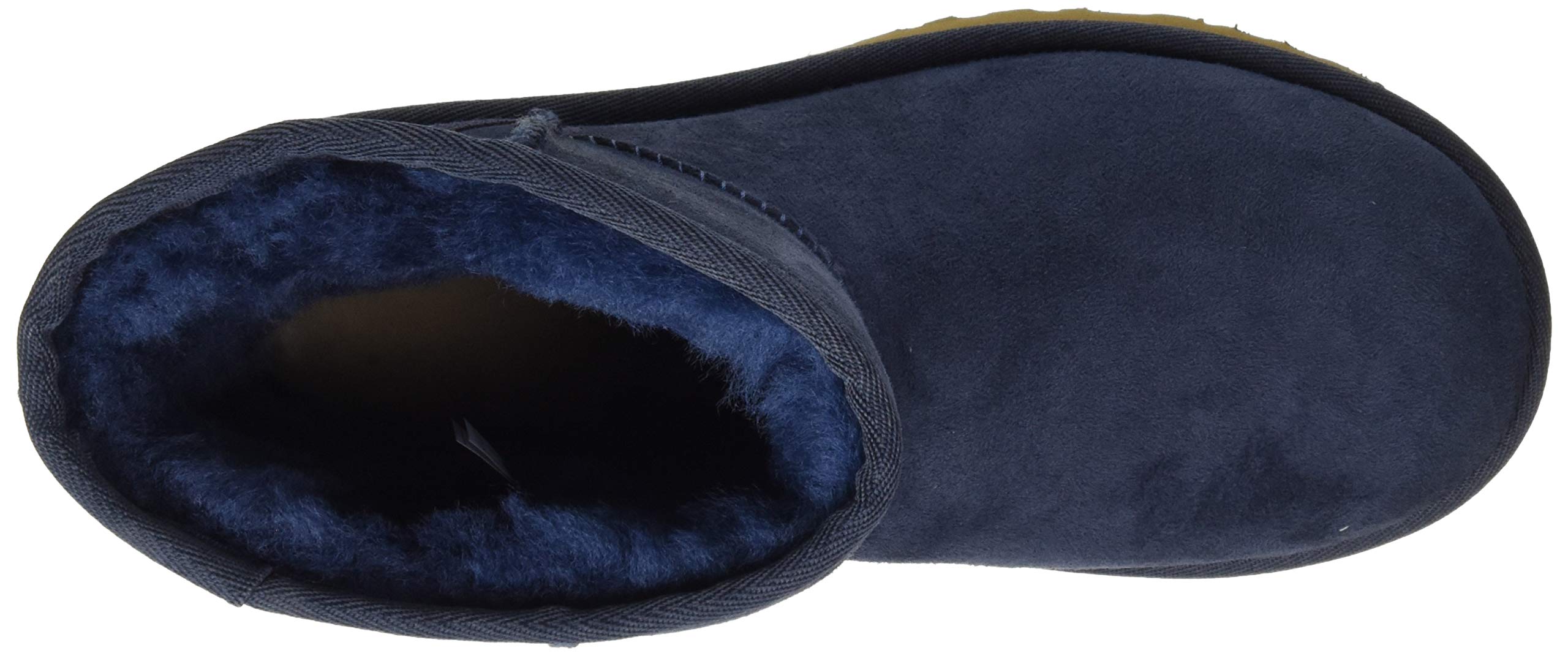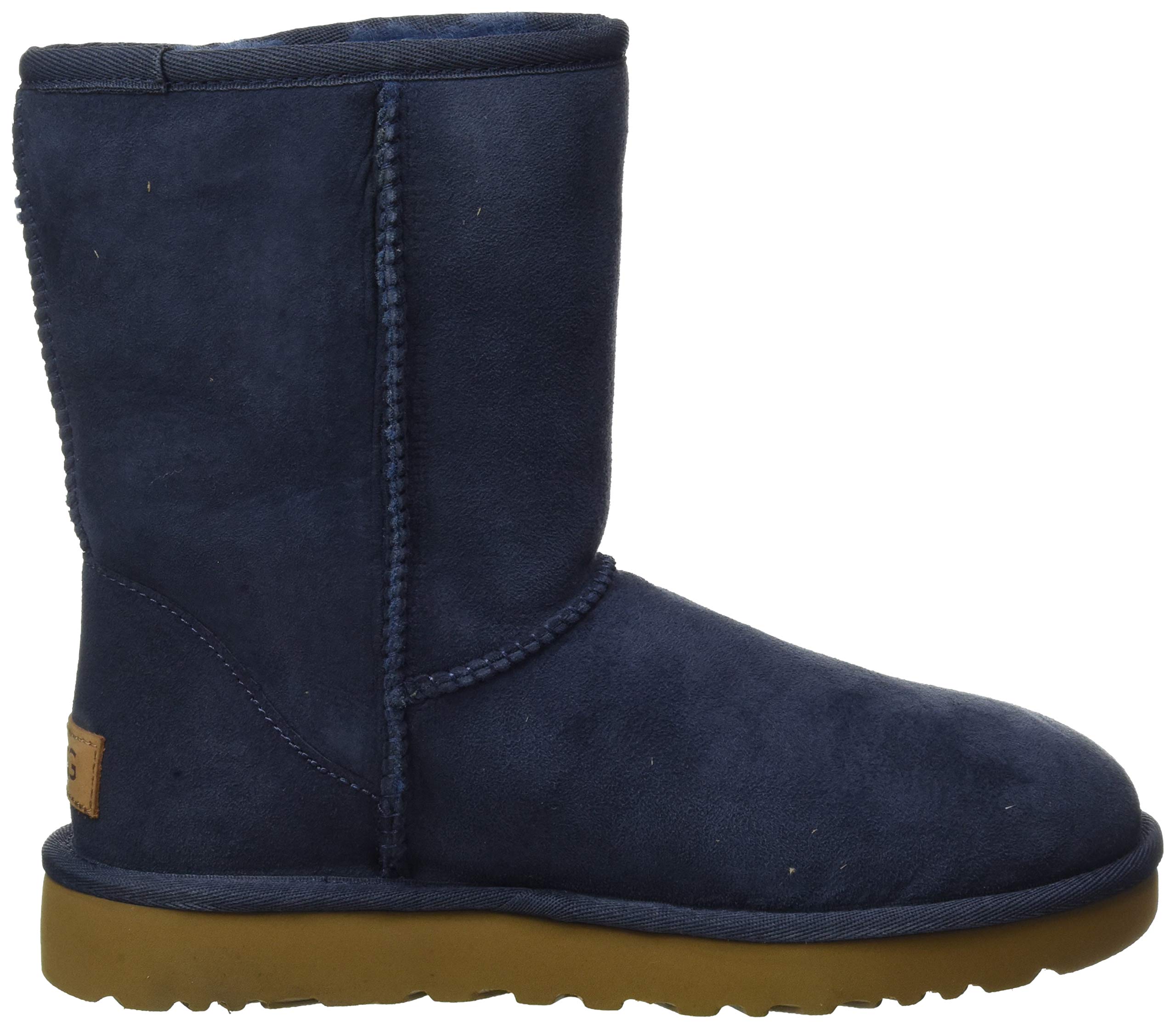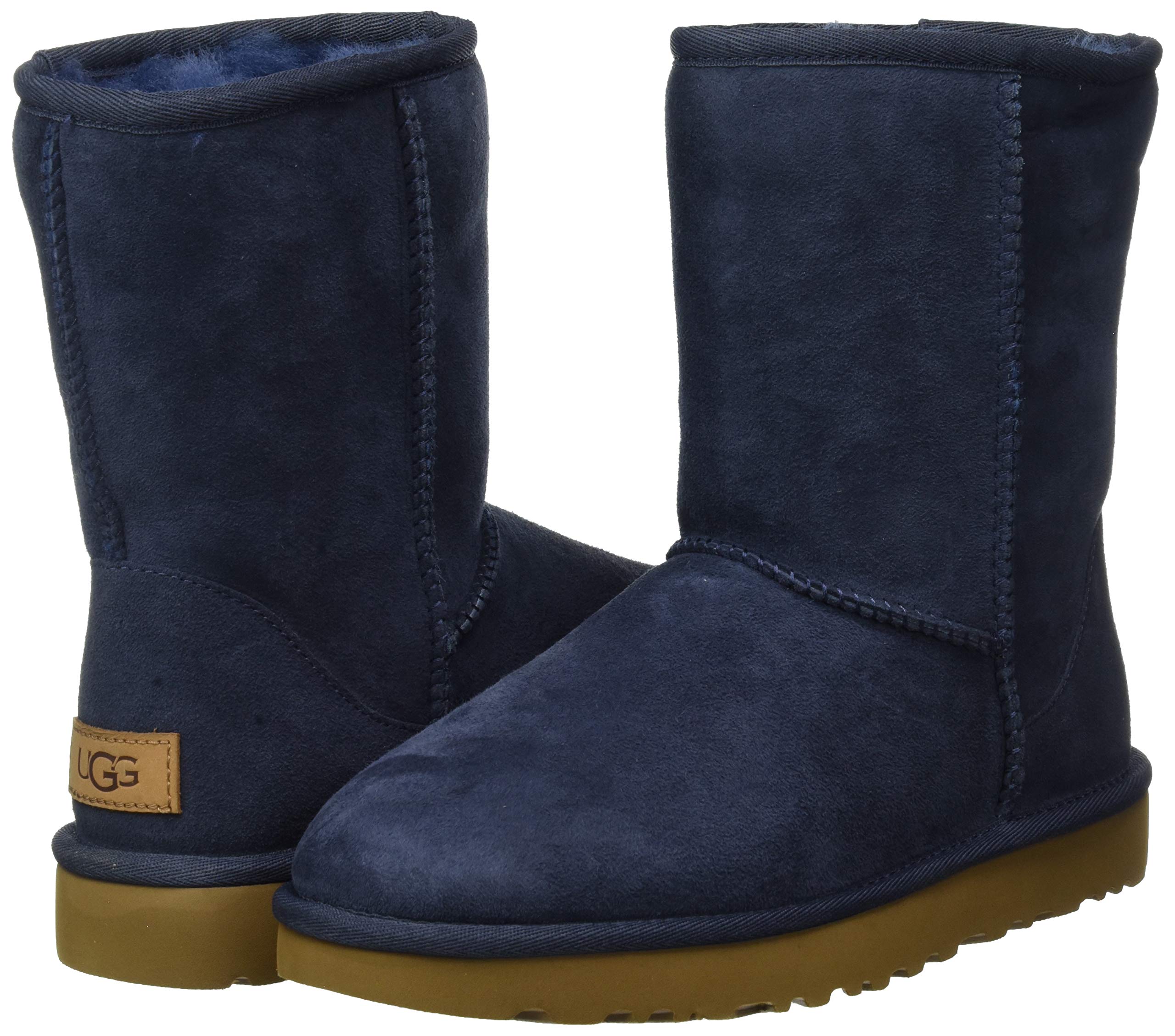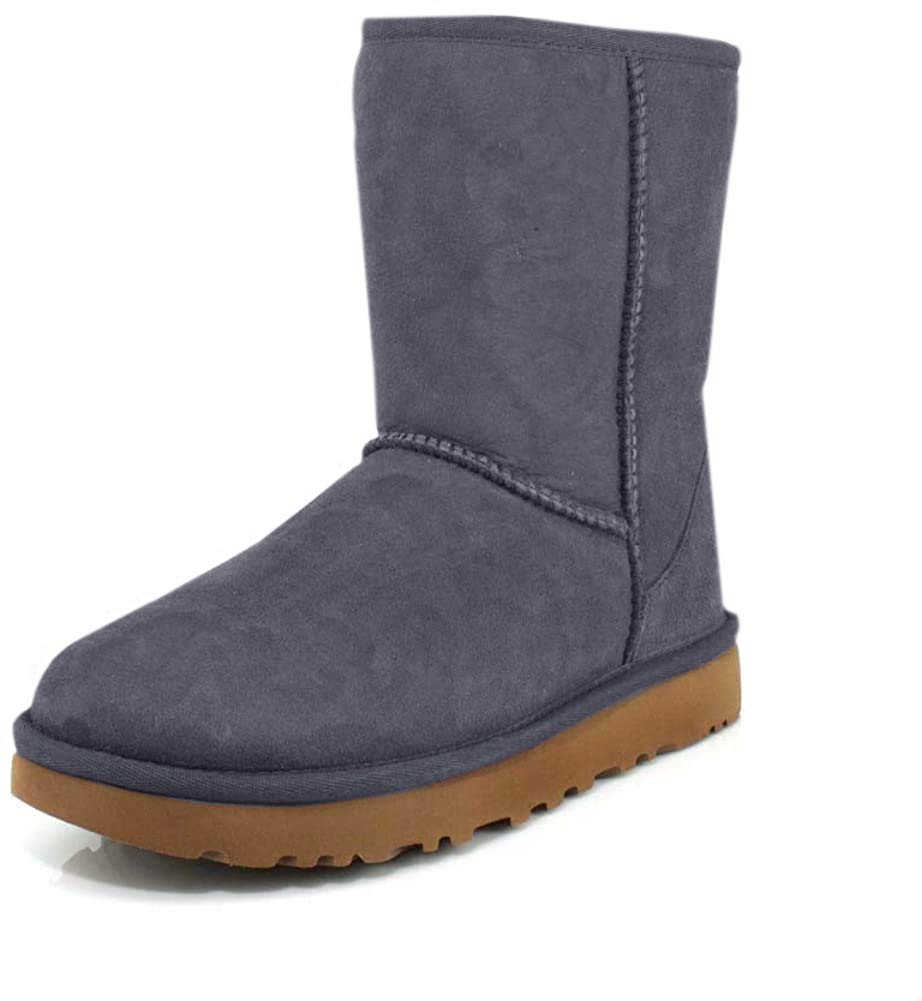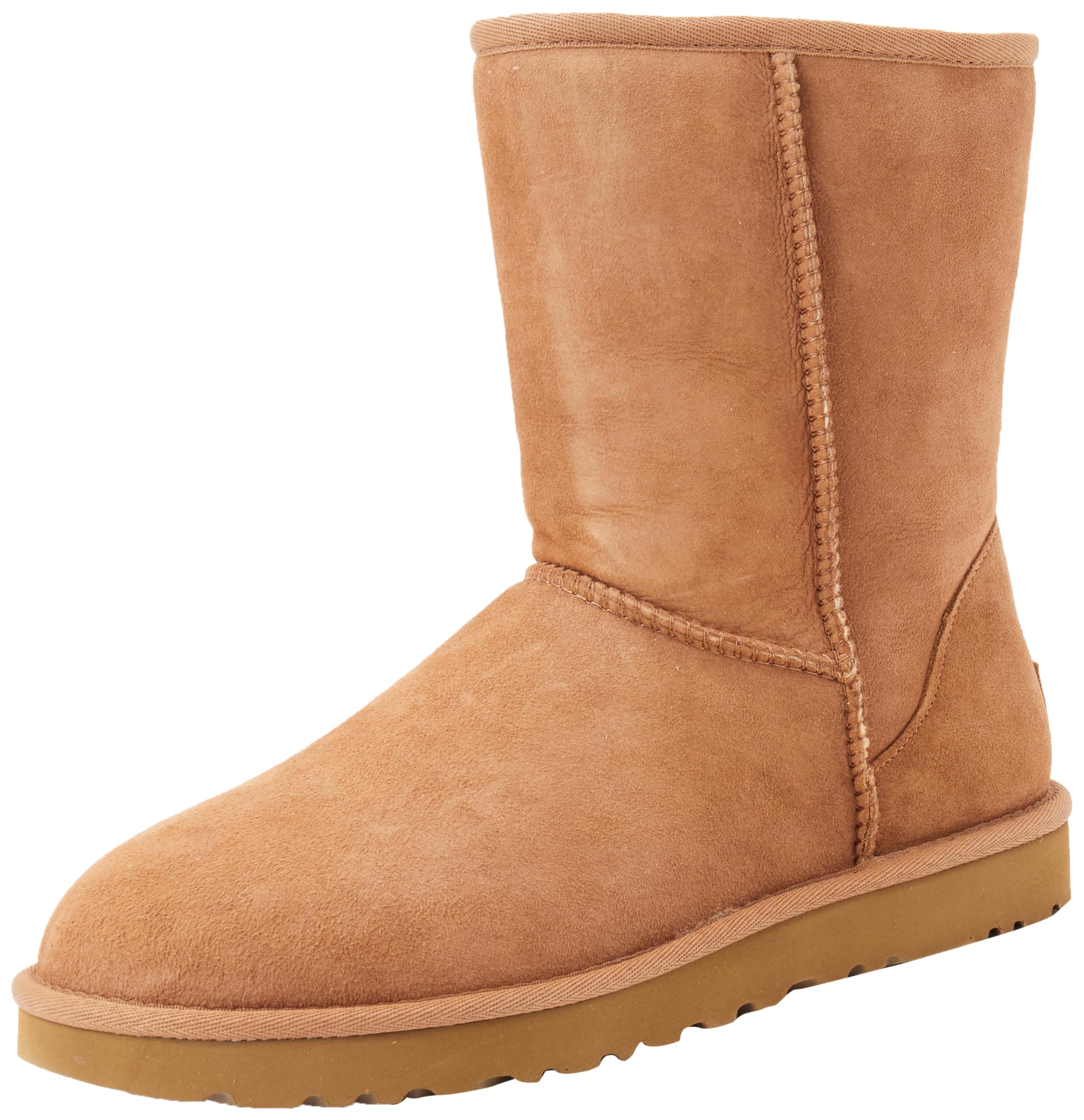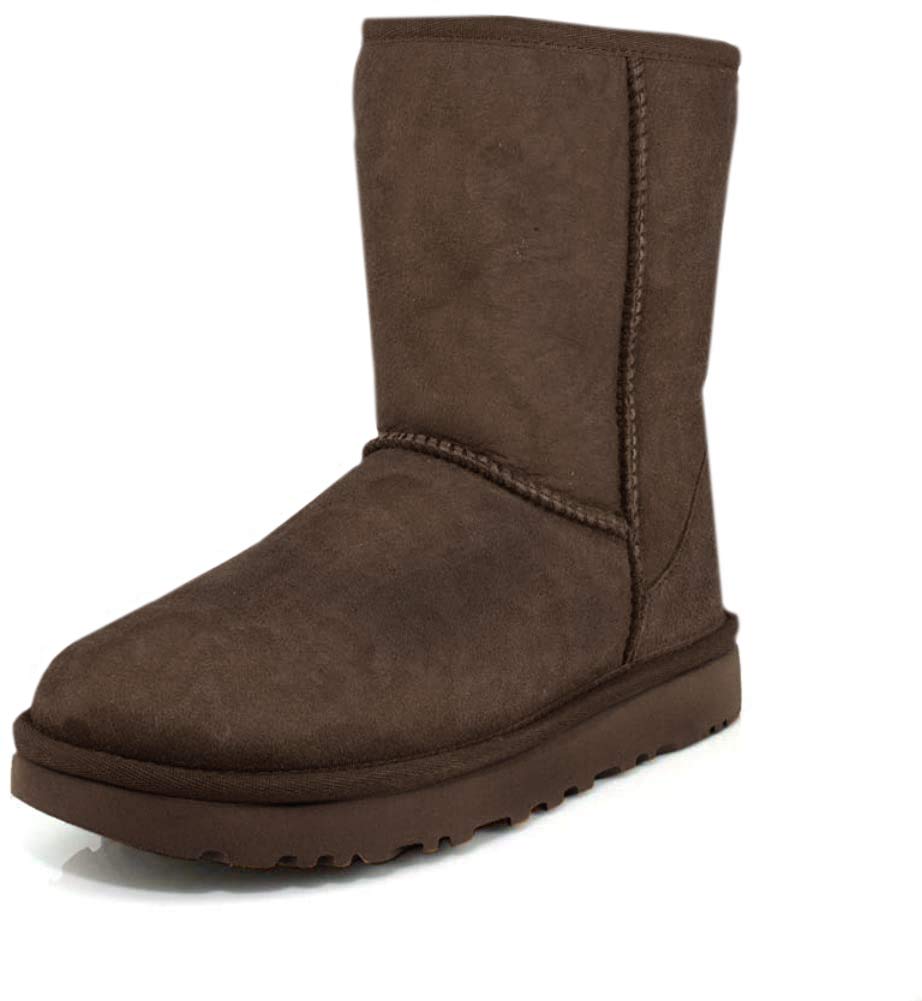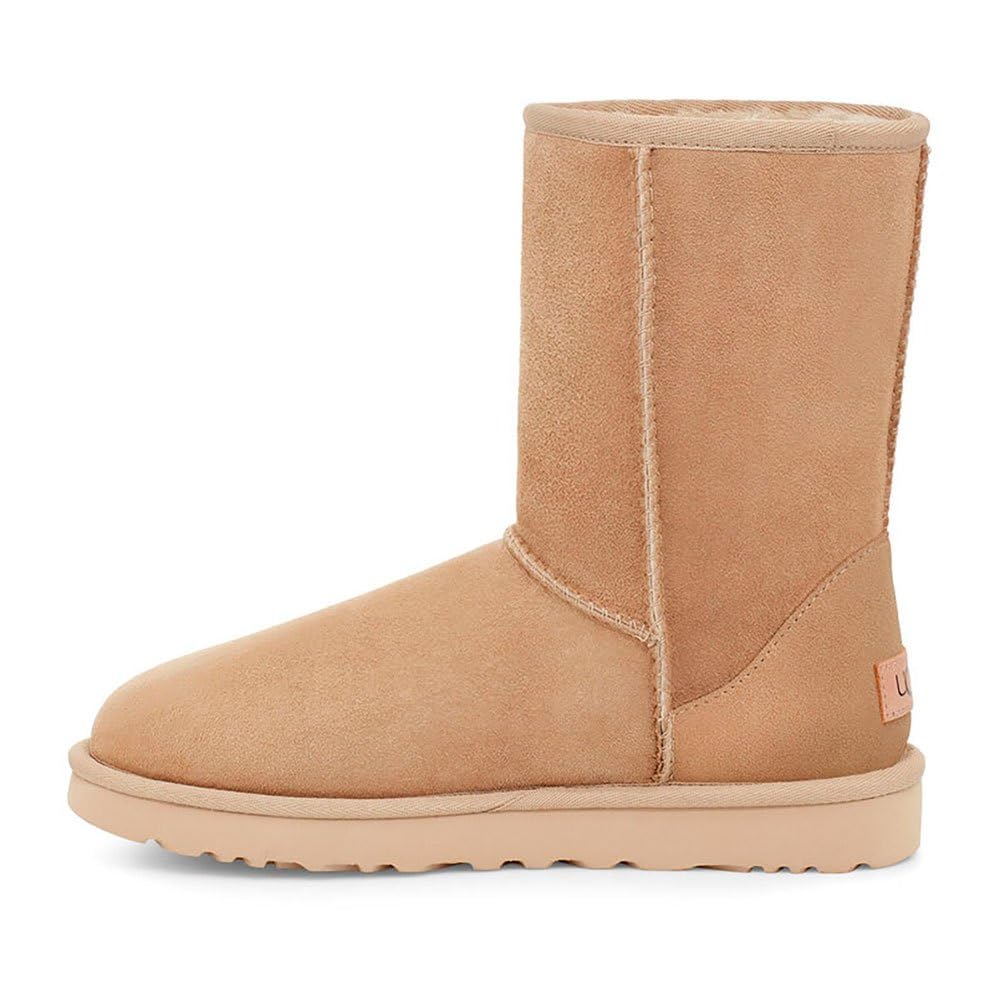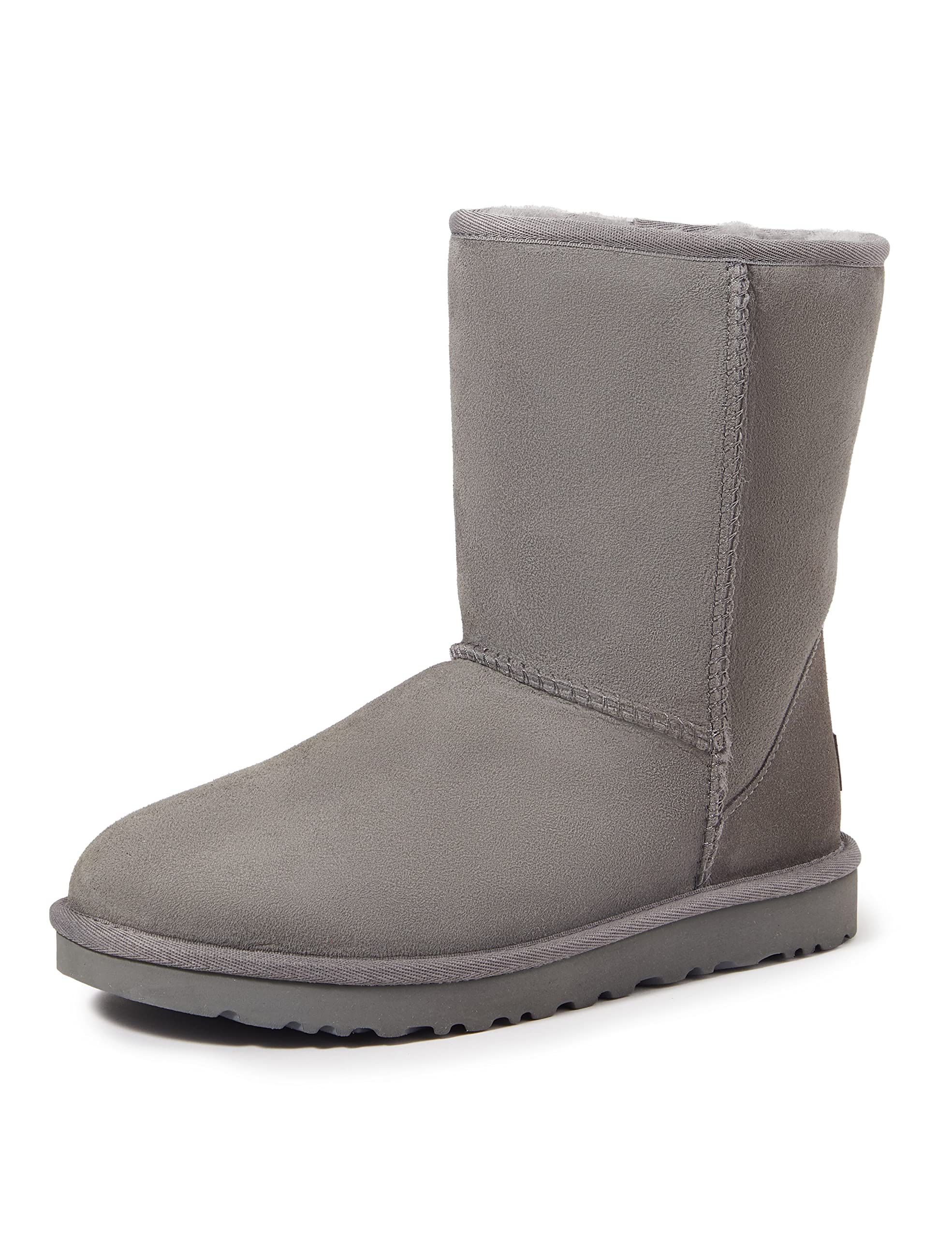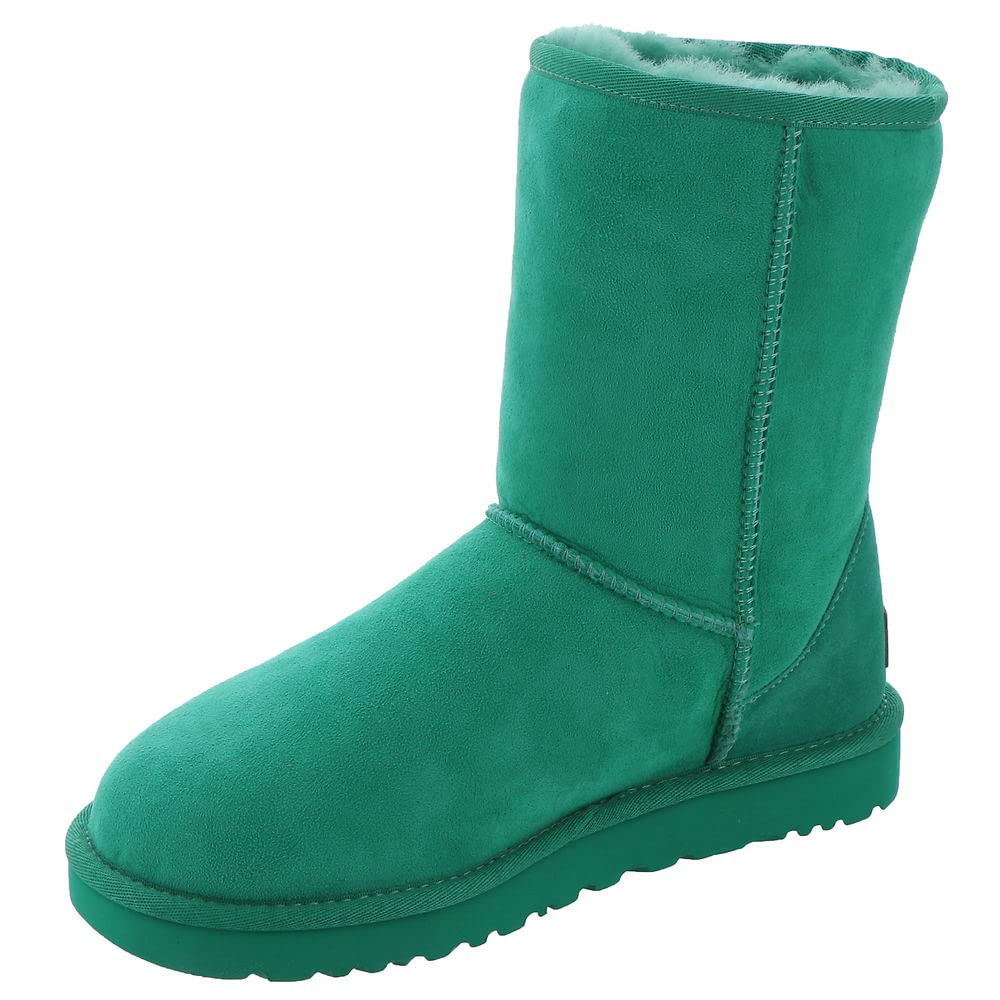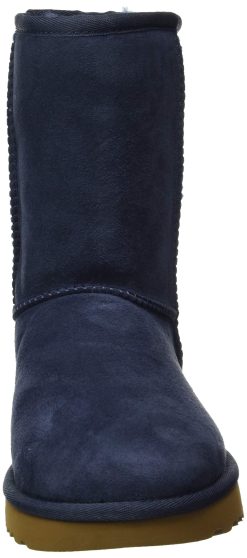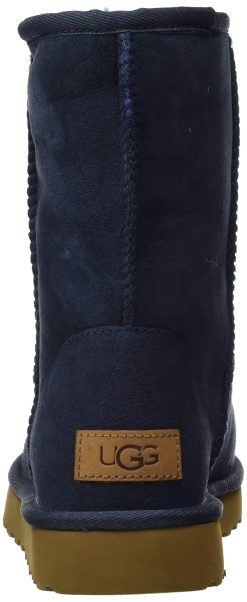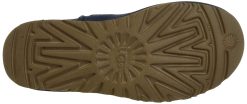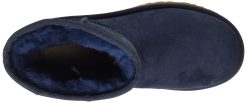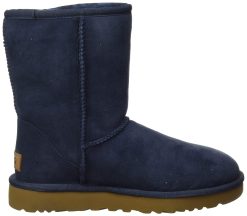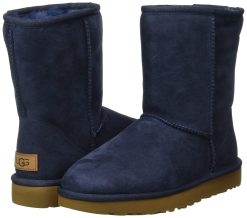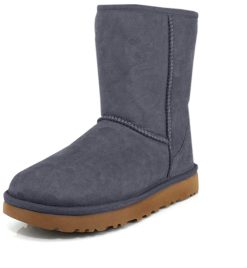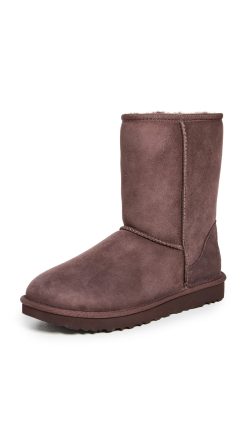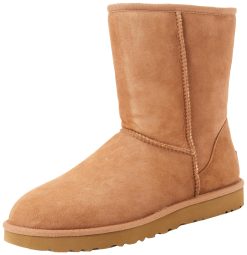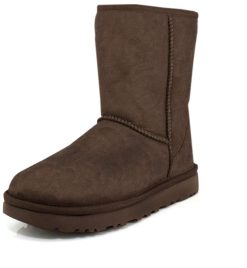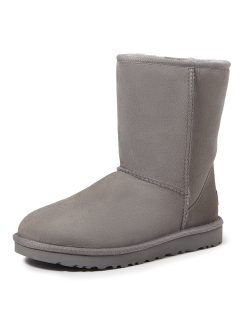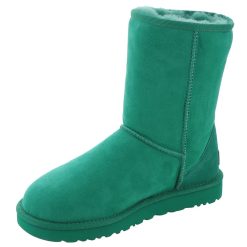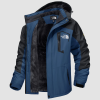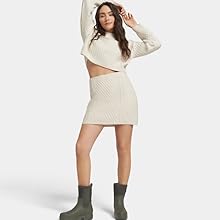Angebot!
Women’s Classic Short II Classic Boot
Ursprünglicher Preis war: $58.00$3.99Aktueller Preis ist: $3.99.
| Brand size | UK | EU | US | Heel to toe (in) |
|---|---|---|---|---|
| 3 | 36 | 22 | 5 | 8.7 |
| 4 | 37 | 23 | 6 | 9.1 |
| 5 | 38 | 24 | 7 | 9.4 |
| 6 | 39 | 25 | 8 | 9.8 |
| 7 | 40 | 26 | 9 | 10.2 |
| 8 | 41 | 27 | 10 | 10.6 |
| 9 | 42 | 28 | 11 | 11 |
| 10 | 43 | 29 | 12 | 11.4 |
| 11 | 44 | 30 | 13 | 11.8 |
| 12 | 45 | 31 | 14 | 12.2 |


